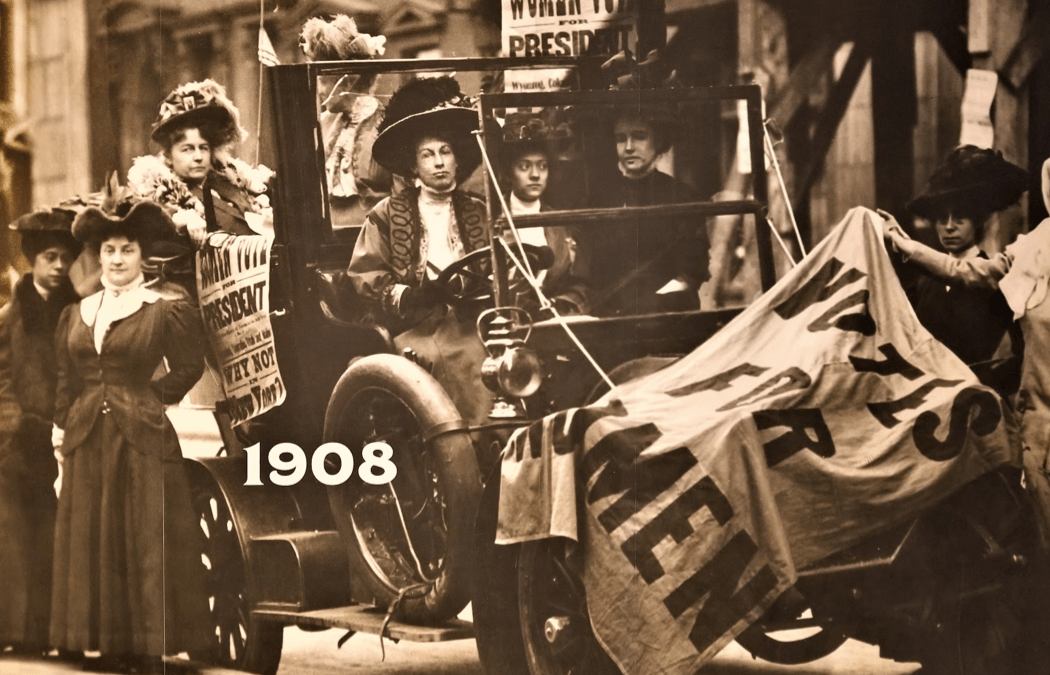By Michelle Dempsey
I would like to start off this first blog post emphasizing how lucky I am to be interning at the Martin Van Buren National Historic Site. Not only is the home, Lindenwald, beautiful (the original house having been built in the late 18th century), but the grounds themselves include close to three hundred acres of meadows, hiking trails, and land farmed by Roxbury Farm, a CSA (Community Supported Agriculture) member. Thus, not only is the site historical, but it is also beautiful!
Without giving too much of a history lesson that can be found at Lindenwald’s website (https://www.nps.gov/mava/index.htm) or one of the not-so-many biographies on Van Buren, I will provide just enough context to help make sense of this and future blog posts about my experiences here.
Born and raised in the town of Kinderhook, NY, just twenty miles south of Albany, Van Buren grew up in a very insular Dutch community that had settled along the Hudson River in the early 17th century (In fact, Van Buren spoke English as a second language and had a Dutch accent his whole life). For this reason, Van Buren’s family can very much be tied to Dutch culture and history in the Hudson River Valley, which is only one of several historical story lines which can be found at Lindenwald.
Emphasized in more detail, however, is Van Buren’s antebellum life. Born at the end of the American Revolution, the first president to be born in the new Republic, and dying in the midst of the Civil War, Van Buren’s lifetime frames a crucial period of American history where the new Republic sought not only to remain a unified force in the face of much larger, much older nations, but also to establish who Americans were as a people. Van Buren, a Dutch New Yorker whose father owned slaves, whose first lady was his South Carolinian daughter-in-law, and whose own private residence was worked largely by Irish immigrants, had to contend with these issues throughout most of his political career. Thus, while you cannot escape a tour of Lindenwald without encountering politics, the site itself explores wider events of the antebellum period related to slavery, immigration, reform efforts, and voting rights, just to name a few.
Martin Van Buren was the 8th president of the United States from 1837 to 1841. Having been shadowed by the Panic of 1837, the largest American economic downturn until the Great Depression of 1929, Van Buren’s presidency itself has very much become a blip in American historic and popular memory. However, Van Buren’s political career was long-lived and significant. Aside from his brief stint as president, Van Buren was a mover and shaper of American politics for much of the antebellum period. Perhaps his most crucial work (as many here at the site would argue), was in directly founding the Democratic party (e.g. of Andrew Jackson for whom he served first as Secretary of State and later Vice President) and indirectly helping to found the Republican party through his support (and presidential campaign) for the Free Soil party, which later became absorbed into the Republican Party of Abraham Lincoln. Despite his short stature (for which he was nicknamed “Little Van”), Van Buren remained large in American political life until his death in 1862, as evidenced by the many political cartoons he continued to appear in until well after his presidential term ended.

Figure 5: 1848 cartoon from loc.gov. For more MVB cartoons, visit the Library of Congress’s online collection at https://www.loc.gov/collections/martin-van-buren-papers/articles-and-essays/selected-nineteenth-century-political-cartoons/
So what am I doing here? My job is twofold. First, I am helping to develop an educational program on civics and the history of voting rights in New York for local fifth graders. Second, I am expanding site research on the women of Lindenwald and Van Buren’s life, as the nation is coming up on the centennial of the 19th Amendment. The women of Lindenwald are quite a cast of characters, and I cannot wait to explore more deeply the lives they lived.
My first week here was largely spent familiarizing myself with the site, the village of Kinderhook, New York Dutch history, Martin Van Buren, and the early women’s rights movement. After conducting much secondary (and a little primary) research, I was able to help chaperone a group of Youth Conservation Corps teens, working here at Lindenwald, to Crailo State Historic Site and the New York State Museum. Crailo interprets the history of Dutch settlement in the Hudson River Valley, the site having been built on the bank of the Hudson River in the early eighteenth century by Hendrick Van Rensselaear, a founding family of the area. After learning that the Dutch used to sleep sitting up (for reasons still speculated upon today), we went to the State Museum, tried to find Martin Van Buren somewhere, and failed to do so. Again, he is a lost president, even to his own state!

Figure 9: Part of my research relates to changes in the lives of women in the antebellum period, including education! I also just really liked this print by popular landscape artist and printmaker Winslow Homer.
It is near impossible to talk about antebellum New York history without discussing the various reform movements that swept across the state (and country) at the time. This wave of reform was aided by the finishing of the Erie Canal in 1825, which connected the state’s people, goods, and ideas like never before, and the Second Great Awakening, which infused Americans with a renewed evangelical fervor for projects related to temperance, prison reform, poor relief, education, antislavery and abolition, and women’s rights, among many others.









